A drone is said to have been disabled abovePolandThe presidential palace was affected by a space-related incident last week, during which 19 Russian drones entered Polish airspace.
A drone that was observed flying above a government facility in Warsaw was disabled by Poland's State Protection Service (SOP), Prime Minister Donald Tusk stated on Monday.
'Recently, the State Protection Service disabled a drone flying above government buildings (Parkowa Street) and the Belweder Palace,' Tusk mentioned in a post on X.
He mentioned that after the incident, two individuals from Belarus were taken into custody regarding the drone, and the police have initiated an investigation.
A representative from the SOP shared the event on TVN24. 'SOP personnel stationed at Belweder Palace detected the drone and informed their superiors.'
"A patrol was subsequently sent to neutralize, or take into custody, the drone operators. The officers arrested two people and transferred them to the police," he confirmed.
Katarzyna Pełczyńska-Nałęcz, the Minister of Funds and Regional Development, stated to Polish media: 'I believe these provocations will occur again.'
In the meantime, another SOP source informed the Polish Press Agency that no gunfire occurred during the operation and that the drone returned to the two Belarusians who launched it in emergency mode.
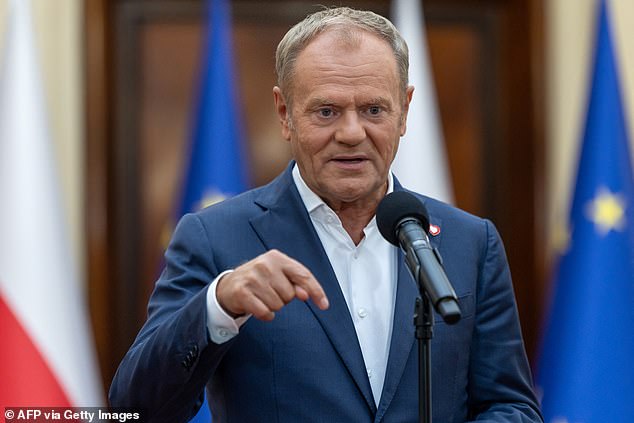
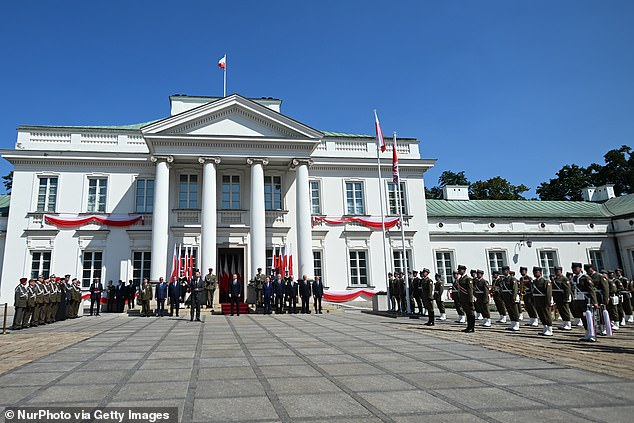
Colonel Napiórkowski confirmed that the SOP is keeping an eye on government structures. 'We remain always alert, we are ready for such scenarios, and we will always take action,' he mentioned.
It occurred just a week following 19 Russian drones entering Polish airspace on September 9, causing the temporary closure of at least four airports, namely Rzeszów, Lublin, Warsaw, and Modlin.
Poland's armed forces were compelled to intercept drones within its airspace, supported by military aircraft from NATO partners, marking the first instance where a member of the Western military alliance is reported to have fired shots during Russia's conflict in Ukraine.
Unmanned aerial vehicles collided with multiple residential buildings and a military installation belonging to Poland's Territorial Defence Forces.
Last week, it was disclosed that Russian drones were allegedly on their way to a NATO facility that supplies Ukraine.
The German newspaper Die Welt stated that five drones were on a direct route towards a NATO facility that supplies aid to Ukraine.
A senior NATO official stated to the newspaper: 'According to the available data, we believe that the drones probably deliberately entered NATO airspace'.
NATO representatives are especially concerned following the entry of two additional drones into Lithuania at 10am on Wednesday, just hours after Russia deployed drones to Poland. It is thought that this action was intended to assess the defense alliance's reaction.
NATO planes, such as Polish F-16s, Dutch F-35s, Italian AWACS surveillance aircraft, and tankers, were deployed to confront the drones.
After the incident, Tusk cautioned that the possibility of a military confrontation in Europe is 'more imminent than at any point since the Second World War'.
Tusk mentioned that he valued the statements of support from European leaders but emphasized that "the words are not sufficient" as he revealed that Poland would seek "significantly more" assistance from NATO partners.
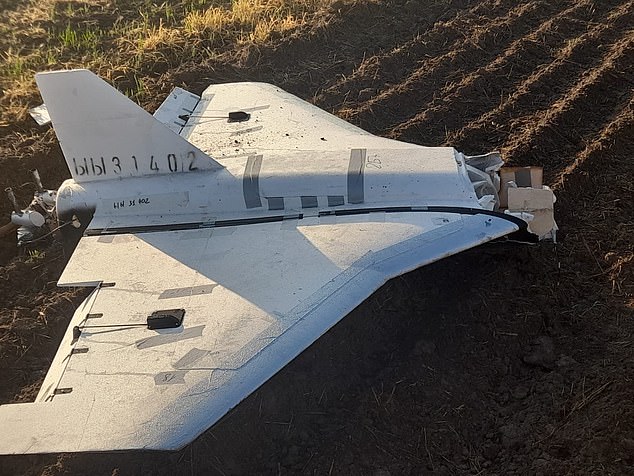
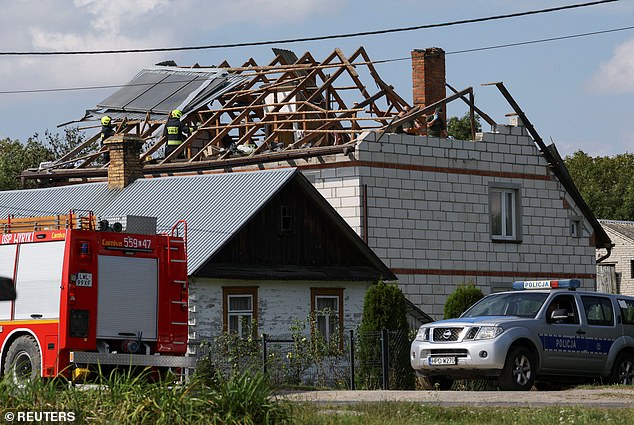
He mentioned that the drone operations were a component of a broader pattern of hostile actions by Russia. "There is no basis to assert that we are in a state of war," Tusk stated.
But the current scenario is considerably more hazardous than any prior ones.
The deputy prime minister of Poland has also urged NATO to construct an 'anti-drone barrier' along its border with Russia, following the recent incident where Vladimir Putin deployed numerous drones into Polish airspace.
This month, Tusk stated that yielding to Putin 'is pointless' following Moscow's largest drone assault on Ukraine.
After the strike, Tusk called on the US and Europe to implement more decisive measures against Russia.
"The Russian assault on Kyiv's government structures once more highlights that the ongoing hesitation in responding firmly to Putin and the efforts to placate him are pointless," he posted on X.
"The United States and Europe need to jointly compel Russia to agree to an immediate halt in hostilities. We possess all the necessary tools," he added.
In other parts of the alliance's eastern border, Latvia, Lithuania, and Romania have all documented Russian drone violations.
As a reaction, NATO member nations decided to deploy troops and fighter aircraft eastward as part of the Eastern Sentry operation to strengthen the military alliance's eastern border following the invasion.
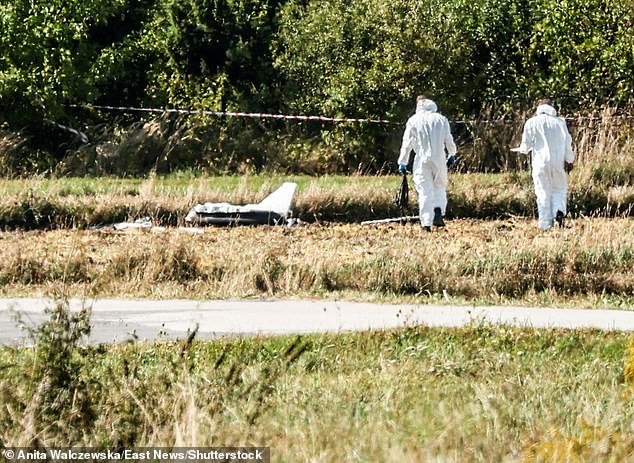
Denmark is set to provide two F-16 fighter jets to enhance Poland's aerial defense along with a warship, while France will deploy three Rafale fighter jets and Germany has pledged four Eurofighters, as stated by NATO Secretary General Mark Rutte.
The United Kingdom declared on Monday that it will send Royal Air Force (RAF) Typhoon aircraft to participate in the Eastern Sentry, with assistance from a RAF Voyager air refueling plane based at RAF Brize Norton.
Prime Minister Sir Keir Starmer stated, 'These planes are more than a display of power; they play a crucial role in preventing aggression, safeguarding NATO's skies, and ensuring the security of both our country and our allies.'
UK Defence Secretary John Healey stated that the aircraft would 'aid in preventing Russian aggression and, if required, safeguard NATO's airspace, ensuring the UK's safety domestically and its strength internationally.'
Read more- What actions is Poland taking following the incursion of Russian drones into its airspace, and in what ways is NATO assisting them?
- Has Europe reached a level of tension not seen since World War II, with 19 Russian drones entering Polish airspace, leading to NATO's response?
- What bold aerial actions by NATO aircraft were triggered by Russian drones entering Polish and Romanian airspace?
- Will the air forces of NATO respond to Putin's continuous attacks, with deadly missile and drone strikes affecting Poland and other areas?
- Is Russia conducting high-risk drone operations over Poland's airspace to challenge NATO's determination?
